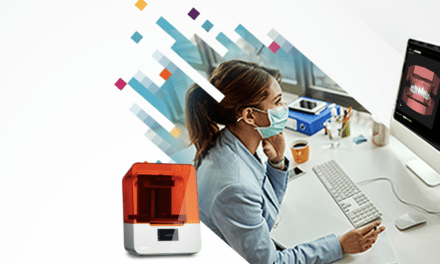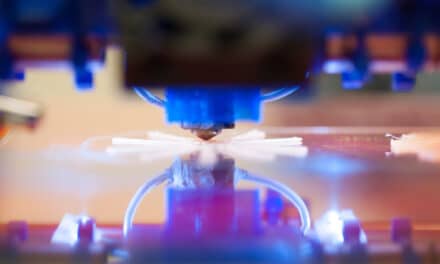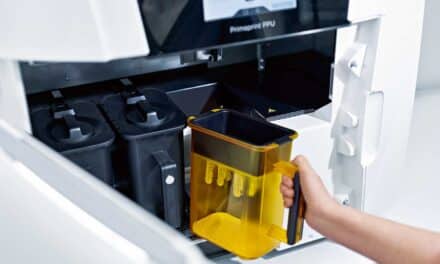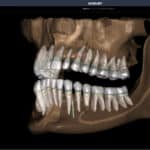Dentsply Sirona released new Primeprint resins for fabricating nightguards and splints for a variety of treatments.
Dentsply Sirona announced new additions to its resin portfolio, designed to enhance the range of applications for its Primeprint Solution.
The new resins Primeprint Splint ST and Primeprint Splint SF have now been FDA and CE cleared. The new resins are designed to address the needs of dental professionals to fabricate patient-specific nightguards and splints for a variety of treatments that fit precisely and provide a high level of biocompatibility. These splints are increasingly called for in dental practices, for example by patients with bruxism.
Manufacturing these nightguards with Primeprint Solution offers users numerous advantages in addition to the high degree of automation of the Dentsply Sirona 3D printing system. With a new Primeprint Material Unit Type S and application specifically developed print processes the new splint solution reduces much of the manual work that would otherwise be necessary, such as time-consuming polishing. The results are already shiny after the post curing process and can be easily detached from the support structures.
Primeprint Splint ST and Primeprint Splint SF resins allow devices to be printed with thin wall thickness – starting at 0.8 mm. They provide different degrees of hardness and flexibility and can be selected according to the indication and the patient’s needs. To provide an optimal patient wear comfort they are free of MMA, THF-MA and TPO2, allowing a neutral taste and scent.
The new resins are designed to be used in the Primeprint 3D printing system within various workflows. Dental professionals have the option to design themselves using inLab Software, order the design from DS Core Create or order it from their preferred dental lab. When using DS Core Create design services, the splint design is provided within the turnaround time of six hours as a ready-to-print-file. This allows for immediate production, making it easy to delegate the workflow to the practice staff.
“This innovation is another step toward advancing automated 3D printing in practices and laboratories,” says Max Milz, group vice president connected technology solutions at Dentsply Sirona. “So dental 3D printing is once again proving to be a highly attractive technology that is particularly suitable for fabricating non-permanent removable applications such as splints, surgical guides and models and seamlessly complements existing methods.”
Photo courtesy of Dentsply Sirona










